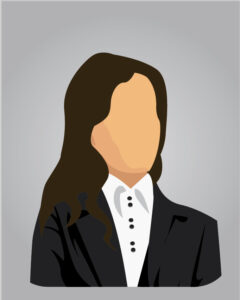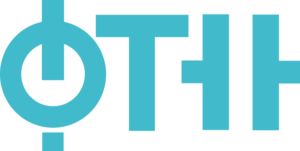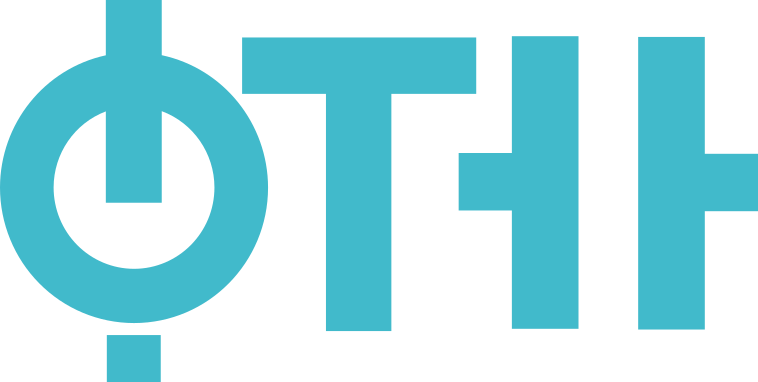Subject: Monitoring and Noise Protection (17.EK452 )
Native organizations units: Department of Power, Electronic and Telecommunication Engineering
| Category | Scientific-professional |
| Scientific or art field | Telecommunications and Signal Processing |
| ECTS | 5 |
Noise is becoming an increasing problem in the living and working environment, and increasing attention is paid to monitoring and protection against noise. To describe the characteristics of noise and how noise affects people. To explain how to measure noise in both working and living environments. To present measurement devices and tools for noise analysis. To study the standards and regulations on permitted noise level and introduce techniques of measurement, monitoring, and noise protection in both working and living environments.
Students will acquire basic knowledge about noise and its characteristics and impact on people. They will learn about the standards and regulations on permissible noise levels in both working and living environments. At exercises they gain practical experience with measurement devices and techniques of measurement, monitoring and noise protection. Students will learn to measure noise, room acoustic parameters, and insulation power of barriers. They will be able to identify and qualify potential problems with noise and suggest solutions for the control and noise protection both indoors and outdoors.
•Audible range and limit of the risk of damage to hearing (ear sensitivity, phon and dB(A)). •Basic characteristics of noise and its impact on humans (level, spectrum and temporal character). •Noise from multiple sources (equivalent and authoritative level, overall, specific and background noise). •The standards and regulations on permissible noise level in the working and living environments (dB(A) and the normative line of acceptable noise (N-curves) in some areas, the impact of noise on certain activities, permitted noise dose during working hours). •Measuring chain and equipment for measurement and analysis of noise (sound level meters, filters, dosimeters, software tools). •Environmental noise (traffic, construction and communal noise; sources and routes of noise transmission; methods of measuring and noise protection). •Noise in the workplace (acoustic power, methods of measuring noise in the working environment, control measures and the protection of workers). •Monitoring of noise (noise maps in the environment, planning - architectural acoustics). •Noise control (prevention at source (technical and legal means), control of the transmission lines, protection of the receipt). •Building acoustics (principles of building vs. principles of acoustics; insulation material power, roads of penetrating noise, structural noise). •Sound insulation (materials and structures, measurement of sound insulation of wall, floor and ceiling, measuring the sound insulation of windows and doors, evaluation of sound insulation in accordance with the regulations and standards, methods to improve the sound insulation). •Methods of prevention and protection from noise (acoustic barriers, sound absorbers, acoustic treatment of rooms and noise insulation, personal protection, active noise canceling).
Lectures are performed with PowerPoint presentations accompanied by numerous audio and video attachments and animations. They are followed by auditory and laboratory exercises in the Laboratory of Acoustics and Speech Technologies at FTS. Visits to several companies are arranged (and students internship by agreement), where students will learn about the measurement devices, software for noise analysis, and the techniques of measurement, monitoring and noise protection. The exam prerequisites are a seminar work and 3 of 4 tests - the condition for entering the exam is 25 of 50 points. Seminar works are done individually, while the best from some topics are presented and bring additional points. The first part of the exam can be passed through the colloquium in the middle of the semester. Independent student work is supported through the web portal of the Chair of Communications and Signal Processing - www.telekom.ftn.uns.ac.rs.
| Authors | Title | Year | Publisher | Language |
|---|
| Course activity | Pre-examination | Obligations | Number of points |
|---|---|---|---|
| Written part of the exam - tasks and theory | No | Yes | 50.00 |
| Test | Yes | Yes | 10.00 |
| Test | Yes | Yes | 10.00 |
| Test | Yes | Yes | 10.00 |
| Coloquium exam | No | No | 20.00 |
| Term paper | Yes | Yes | 20.00 |
| Test | Yes | No | 10.00 |
| Presentation | Yes | No | 10.00 |
Prof. Delić Vlado
Full Professor
Lectures

Assistant - Master Šobot Srđan
Assistant - Master
Practical classes

Assistant - Master Kljajić Jovana
Assistant - Master
Laboratory classes
Faculty of Technical Sciences

© 2024. Faculty of Technical Sciences.
Contact:
Address: Trg Dositeja Obradovića 6, 21102 Novi Sad
© 2024. Faculty of Technical Sciences.



